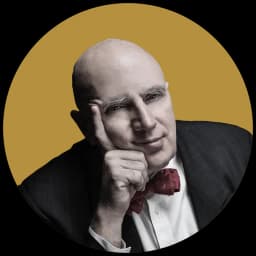Quincy Jones, Who Has Died at 91, Fashioned a Legendary Career by Making Others Better
Quincy Jones was a great rarity: a major musician who became one of the biggest power brokers in the entire history of the music business, and, beyond that, the worlds of film and TV.

In 1959, Phoebe Jacobs was working for an upscale jazz club, Basin Street East, owned by her uncle, Ralph Watkins. As part of her job, Jacobs served as a general assistant and “go-fer” for the headliners who played there, and she developed close relationships with Peggy Lee, Ella Fitzgerald, Benny Goodman, and others including Louis Armstrong, whose foundation she later ran.
As Jacobs told the story, Peggy Lee was working at the club when a classic album, “The Genius of Ray Charles,” was released, and she was blown away by the opening track, “Let The Good Times Roll.” Lee immediately had a task for Jacobs: “Find me the guy who does those arrangements for Ray Charles.”
A login link has been sent to
Enter your email to read this article.
Get 2 free articles when you subscribe.

